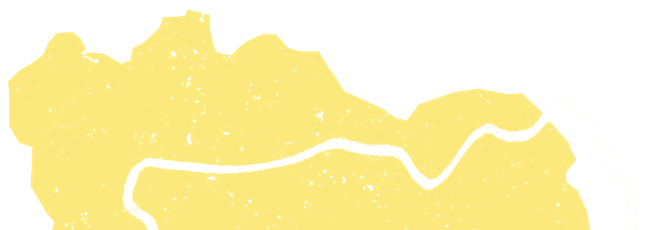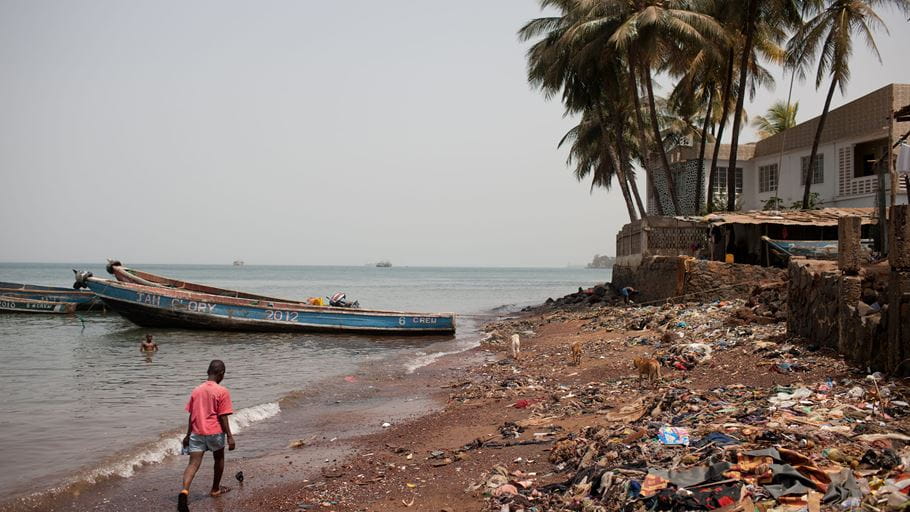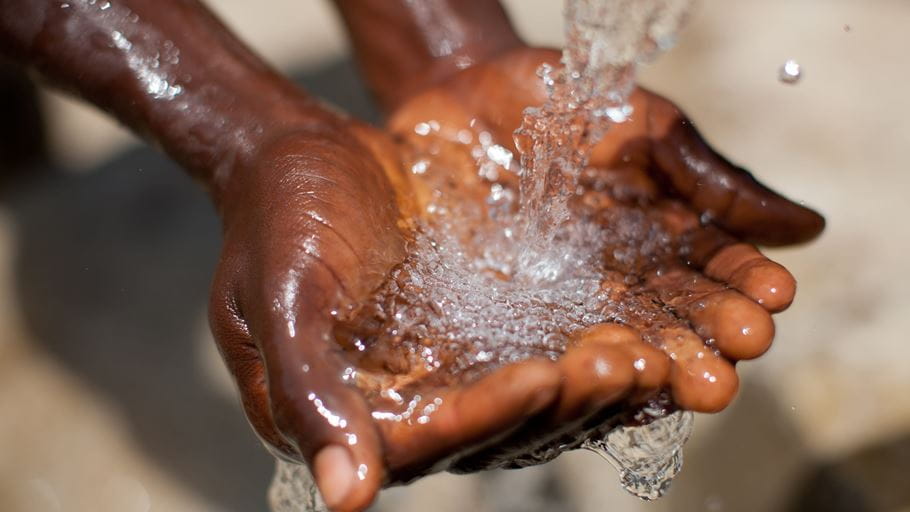Overview
Since 2002, Sierra Leone has remained peaceful. However, this is a fragile peace. Youth unemployment and widening political and ethnic divisions all threaten stability.
The Ebola epidemic ravaged Sierra Leone between 2014 and 2015. It caused the deaths of more than 11,300 people and affected tens of thousands more. This contributed to an economic crisis and pushed many people further into poverty.
Mortality rates for both children and mothers are among the world’s highest. This is due to a number of factors, including a lack of safe drinking water and sanitation, poor nutrition, limited access to quality healthcare, and the prevalence of female genital mutilation or cutting (FGM/C).
In 2017, the capital of Sierra Leone, Freetown, was struck by a major flood and mudslide disaster that killed over 500 people and left thousands of homes destroyed. This highlighted Sierra Leone’s vulnerability, and it is now rated by the UN as among the highest at-risk countries for natural disasters in the world.
The coronavirus pandemic has increased poverty in the country as businesses have been forced to close due to restrictions to contain the spread of the virus.









